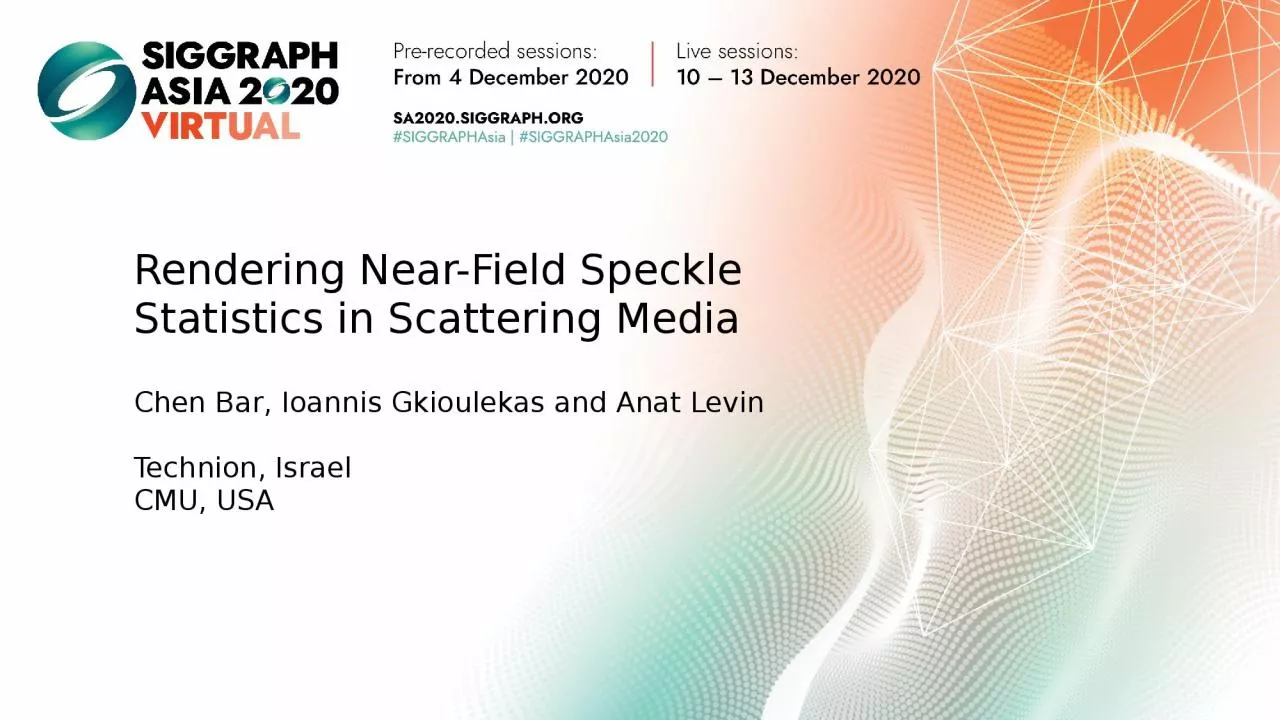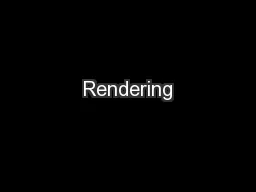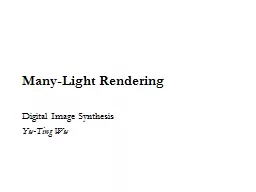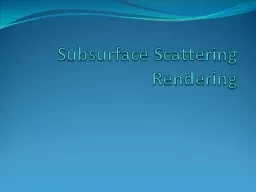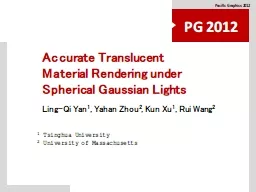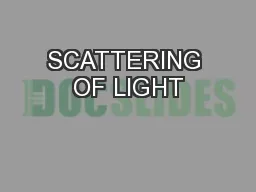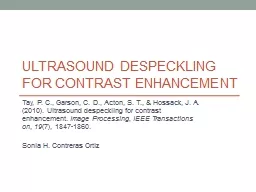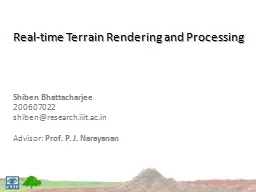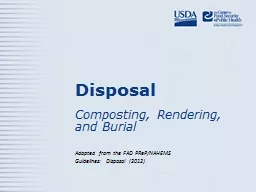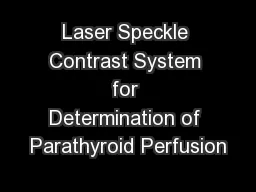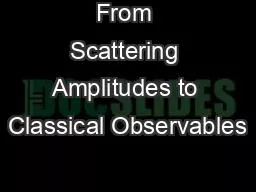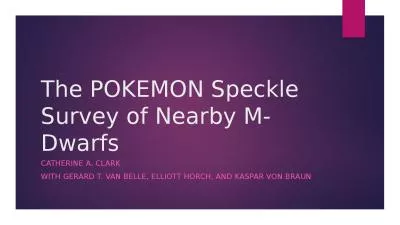PPT-Rendering Near-Field Speckle Statistics in Scattering Media
Author : piper | Published Date : 2023-05-19
Chen Bar Ioannis Gkioulekas and Anat Levin Technion Israel CMU USA Speckle image Coherent scattering and memory effect 2 Tissue Microscope objective Speckle
Presentation Embed Code
Download Presentation
Download Presentation The PPT/PDF document "Rendering Near-Field Speckle Statistics ..." is the property of its rightful owner. Permission is granted to download and print the materials on this website for personal, non-commercial use only, and to display it on your personal computer provided you do not modify the materials and that you retain all copyright notices contained in the materials. By downloading content from our website, you accept the terms of this agreement.
Rendering Near-Field Speckle Statistics in Scattering Media: Transcript
Download Rules Of Document
"Rendering Near-Field Speckle Statistics in Scattering Media"The content belongs to its owner. You may download and print it for personal use, without modification, and keep all copyright notices. By downloading, you agree to these terms.
Related Documents

